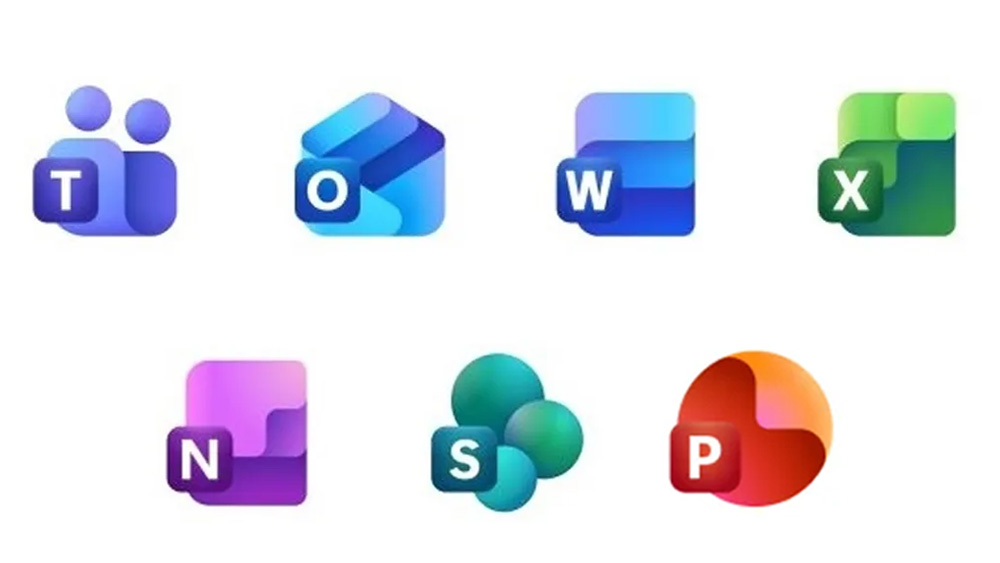Traditional Software Companies Struggle as Businesses Opt for DIY AI Solutions

In a rapidly evolving technological landscape, established software companies that have long dominated the market are now grappling with a significant challenge. As businesses increasingly turn to artificial intelligence (AI) solutions, many are opting to develop their own tools rather than purchasing software from traditional vendors. This do-it-yourself (DIY) approach is not only diverting billions of dollars in spending towards major cloud computing providers, but it is also leaving conventional software vendors in a precarious position as they attempt to adapt their growth strategies to this changing environment.
Prominent cloud platforms, such as Microsoft Azure and Amazon Web Services (AWS), are witnessing a substantial influx of revenue from AI services, with estimates suggesting that they could collectively generate around $22 billion. Notably, Microsoft Azure is leading the charge, capturing an impressive $11.3 billion in AI-related income alone. In stark contrast, traditional software application vendors have only managed to secure approximately $2 billion from the sale of AI products. If Microsofts widely popular Copilot tools are excluded from the equation, this figure diminishes dramatically to a mere $450 million across all other vendors combined.
So, why are companies opting to take the road less traveled by building their own AI solutions? Insights gathered by UBS indicate several critical factors fueling this persistent trend toward DIY AI. One significant reason is that many business applications of AI are highly specialized or narrow in focus, rendering generic software offerings inadequate for their specific needs. Additionally, off-the-shelf AI products are often perceived as prohibitively expensive, which discourages companies from investing in them.
Importantly, the essential components needed to develop effective AI solutionssuch as powerful AI models, access to cloud computing resources, and the companys proprietary dataare increasingly accessible directly to businesses. This accessibility diminishes the necessity for traditional software packages and empowers organizations to leverage their unique datasets and requirements to create tailored AI solutions that better meet their objectives.
As a result, the landscape of AI development is shifting dramatically. Companies that once relied heavily on established software vendors are now embracing the challenge of building their own tools, thereby redefining the competitive dynamics in both the AI and software markets.






















